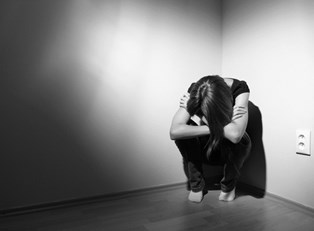Each year, over millions of reports of child abuse are filed in the United States, and even more incidents go unnoticed or unreported for various reasons. Being able to recognize when a child is being physically or emotionally abused is crucial, especially if your job involves working with children, such as a teacher or counselor. It's important even if you don't interact with children on a regular basis because you never know when you may encounter a child abuse situation.
There are many different warning signs of child abuse, and one sign by itself may not be conclusive, but if you notice several of these signs in a child then there is a possibility she is being abused. If you suspect that a child is being abused, it is your responsibility to take action and help protect this child from any further harm.
Physical Abuse
The warning signs for physical child abuse are generally easier to spot than those of emotional abuse. The primary indicators for child abuse are unexplainable, visible bruises, burns, cuts, or broken bones on/in the child’s body, particularly in areas where children aren’t commonly injured, such as on the torso, thighs, neck, and buttocks. It is also possible for there to be bruises in visible areas, like the face or arms.
Emotional Abuse
While there won’t be any physical scars, emotional abuse can be just as (if not more) damaging to a child than physical abuse. The primary sign of emotional abuse is behavioral changes, such as:
- A change in eating habits (either sudden weight gain or loss, usually loss)
- Fatigue from an inability to sleep
- Antisocial behavior
- Delays in emotional and intellectual growth
- In some extreme cases, drug and alcohol use.
- A change in school attendance
- A drop in academic performance.
If a child has been abused for a long period of time, they may also develop a speech disorder, such as
- Stuttering
- Slurred speech
- Delayed speech
- Selective mutism.
Another indicator in somewhat older children is self-harm, where the child begins cutting or burning themselves in response to the emotional abuse.



